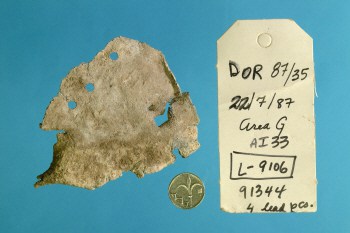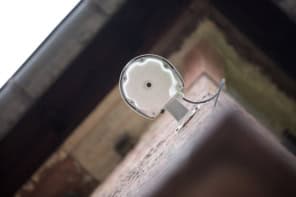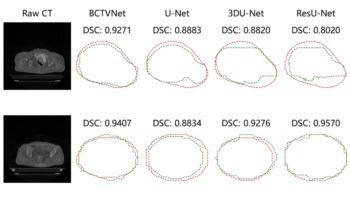Researchers from Israel have developed a new way to date archaeological objects that is based on superconductivity. The new technique relies on measuring the magnetic signal from lead - which was widely used in antiquity - in samples that have been cooled to cryogenic temperatures. The method could be used to date pipes, coins, bottles and other objects (S Reich et al. 2003 New J. Phys 5 99)

Lead is stable in many environments and corrodes only very slowly into lead oxide and lead carbonate. It becomes a superconductor when cooled below 7.2 Kelvin, whereas the corrosion products do not. This means that the magnetization of the lead will be several orders of magnitude higher than that of the corrosion products when the sample is placed in an applied magnetic field at temperatures below 7.2 Kelvin. It is therefore reasonable to assume that the magnetic signal from the sample is coming from the lead only.
Shimon Reich from the Weizmann Institute of Science and two colleagues – Grigori Leitus, a metallurgist, and Sariel Shalev, an archaeologist at the Weizmann Institute and also the University of Haifa – started by measuring the magnetization of small discs of material from different samples. This allowed them to calculate the amount of metallic lead that was present by mass. Next they weighed the samples, which gave them the total mass – the lead plus corrosion products. The difference between these two masses is therefore the mass of the corrosion products alone.
Reich and colleagues then plotted the mass of corrosion product per unit area against ‘archaeological age’ for various well-dated lead samples from the Tel-Dor site in Israel, as well as contemporary data. The Tel-Dor samples include artefacts from the Persian era some 2500 years ago (figure 1) to the Crusader period about 750 years ago. They found that the mass of corrosion product in a sample was directly proportional to its age (figure 2). Therefore, if the mass of corrosion product in a sample can be measured, then its age can be determined from the graph. “Until now, no archaeological method existed that could directly date lead,” said Reich.
The researchers say that their technique is, in principle, non-destructive because the corrosion products need not be mechanically or chemically separated from the lead metal. Moreover, since corrosion increases with time, the relative dating accuracy should improve with the age of the relics being studied.




